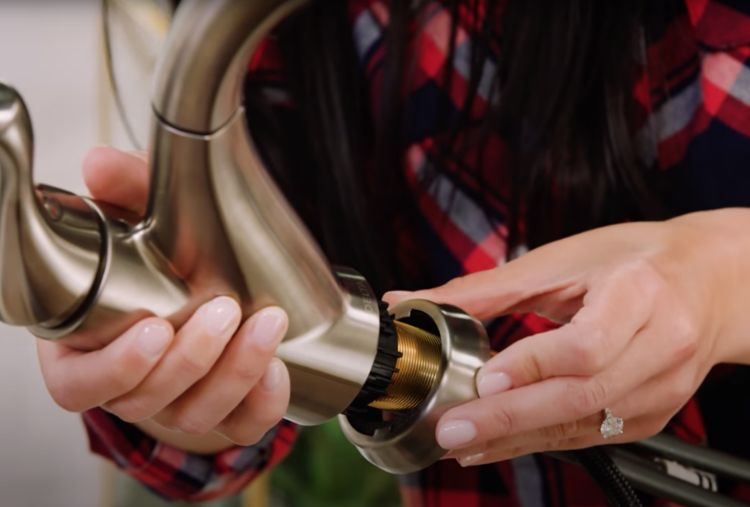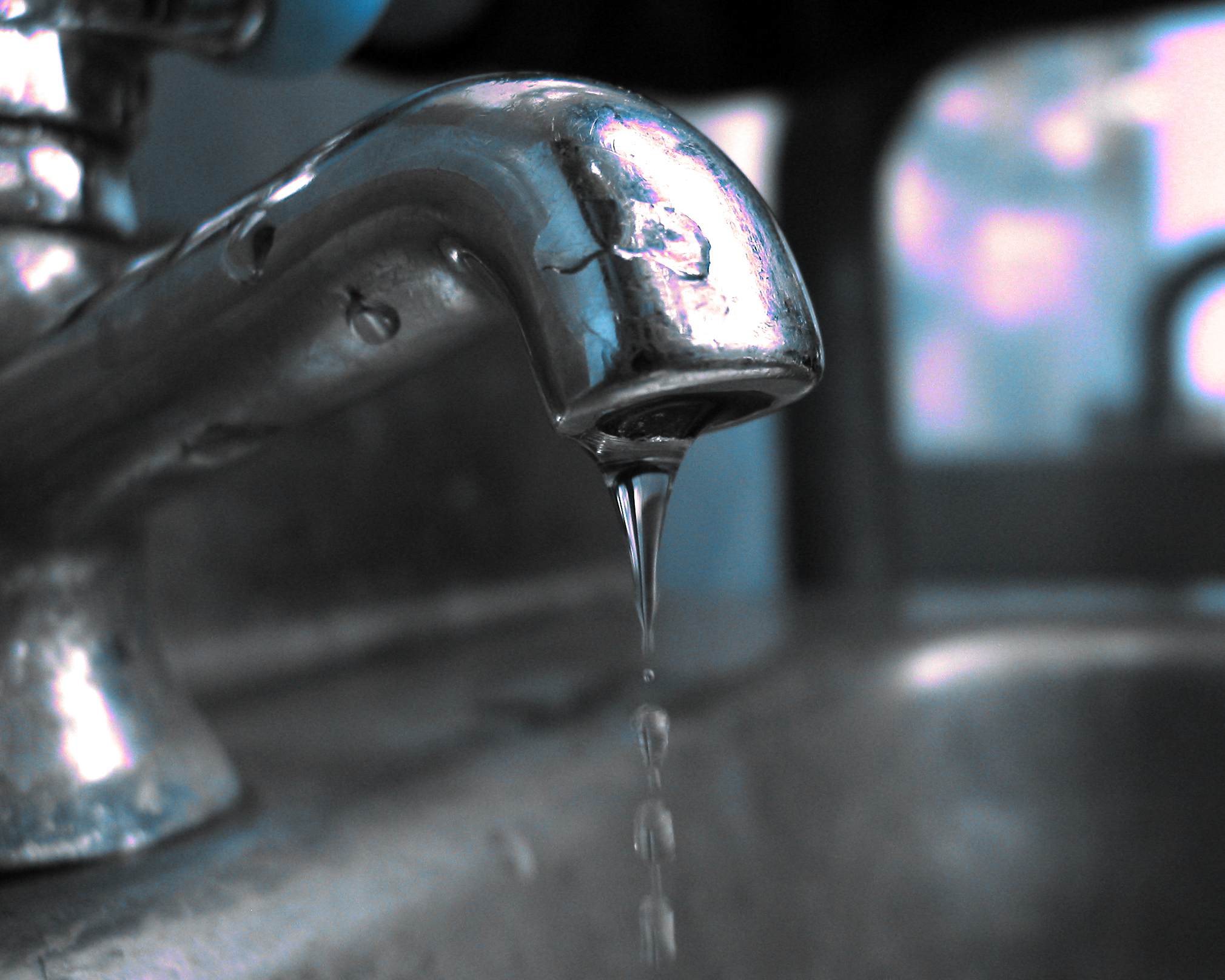Any individual has got his or her own opinion about Should I Repair or Replace a Leaky Faucet?.

Dripping taps may feel like a minor trouble, yet their impact goes beyond just the aggravation of the sound. From wasting water to incurring unnecessary monetary costs and health dangers, disregarding a leaking faucet can cause different effects. In this write-up, we'll look into why it's critical to resolve this usual house concern immediately and successfully.
Waste of Water
Environmental Influence
Leaking faucets contribute significantly to water wastefulness. According to the Epa (EPA), a single tap dripping at one drip per secondly can squander more than 3,000 gallons of water annually. This not just strains water resources but also impacts environments and wild animals based on them.
Step-by-Step Overview to Repairing a Dripping Tap
Tools Called for
Prior to attempting to deal with a leaking faucet, gather the required tools, consisting of a flexible wrench, screwdrivers, replacement parts (such as washing machines or cartridges), and plumber's tape.
Typical Faucet Issues and Their Solutions
Identify the sort of faucet and the specific problem causing the drip. Usual problems consist of worn-out washing machines, rusty valve seats, or damaged O-rings. Refer to supplier directions or on-line tutorials for step-by-step advice on repair services.
Financial Expenses
Raised Water Costs
Beyond the environmental effect, trickling faucets can blow up water costs considerably. The gathered wastefulness with time converts into higher utility expenses, which can have been stayed clear of with prompt repair services.
Prospective Property Damages
Furthermore, prolonged leaking can lead to harm to fixtures and surface areas surrounding the tap. Water accumulation can cause discoloration, corrosion, and even architectural issues if left ignored, resulting in extra fixing costs.
Health Problems
Mold and Mold Growth
The consistent existence of dampness from a leaking tap develops an optimal atmosphere for mold and mildew and mold growth. These fungi not only endanger interior air top quality but likewise present health and wellness threats, specifically for individuals with respiratory conditions or allergic reactions.
Waterborne Conditions
Stationary water in trickling taps can end up being a breeding place for germs and other pathogens, increasing the risk of waterborne conditions. Impurities such as Legionella germs grow in stagnant water, potentially leading to significant health problems when consumed or breathed in.
DIY vs. Professional Repair
Pros and Cons of Do It Yourself Repair Work
While some may try to take care of a dripping tap themselves, DIY repair services come with their very own set of obstacles. Without correct understanding and devices, DIY attempts can aggravate the issue or cause insufficient repairs, prolonging the issue.
Advantages of Hiring an Expert Plumber
Employing a specialist plumber ensures that the underlying root cause of the trickling tap is addressed efficiently. Plumbing technicians have the experience and tools to identify and repair faucet issues efficiently, saving time and minimizing the risk of more damages.
Ecological Duty
Specific Payment to Preservation
Taking obligation for fixing trickling taps straightens with broader initiatives towards water conservation and environmental sustainability. Every person's activities collectively make a substantial influence on protecting precious sources.
Sustainable Living Practices
By focusing on prompt repair services and adopting water-saving practices, people contribute to sustainable living techniques that benefit both existing and future generations.
Safety nets
Regular Upkeep Tips
To avoid trickling faucets, perform regular upkeep such as cleansing aerators, inspecting for leaks, and changing damaged parts immediately. Furthermore, consider mounting water-saving tools or upgrading to more reliable components.
Importance of Prompt Repair Works
Resolving dripping taps as soon as they're seen stops additional water wastefulness and potential damages, ultimately saving both water and money in the long run.
Effect On Building Worth
Assumption of Well-Maintained Building
Preserving a building in good condition, consisting of attending to maintenance issues like dripping taps, boosts its viewed value and worth among potential customers or renters.
Impact on Resale Value
Features with well-kept plumbing fixtures, consisting of faucets, command greater resale worths in the realty market. Attending to trickling faucets can contribute to a favorable perception during home evaluations and negotiations.
Verdict
Dealing with a trickling faucet goes beyond plain comfort; it's a vital action toward preserving water, reducing economic prices, and guarding health and residential or commercial property. Whether via do it yourself repair work or expert help, taking action to fix dripping taps is a tiny yet impactful way to promote responsible stewardship of sources and contribute to a healthier, a lot more lasting future.
How to Fix a Leaky Faucet: Step-by-Step Repair Guide
A leaky faucet may seem like a simple annoyance, but if it's not fixed promptly, that leak could cost hundreds to potentially thousands. From water damage to mold, mildew, and high water bills, even a tiny leak can be catastrophic if left unattended. Damage like this can even affect the overall value of your home, so it's important to take the right approach for leaky faucet repair. You may need the help of a plumber in some cases, but we've got a few tips you can try on how to fix a leaky faucet before calling the pros.
Four Faucet Types
When you're learning how to fix a leaky faucet, the first step is knowing what kind of faucet you're working with! There are four common types.
Cartridge Faucets
Cartridge faucets come in one- or two-handled varieties. In one-handled cartridge faucets, hot and cold water combines in a single cartridge. In the two-handled versions, hot and cold water are controlled separately and mixed in the faucet.
Ball Faucets
Ball faucets have a single lever you push up and down to adjust the pressure and rotate to change the temperature. A slotted metal ball controls the amount of water allowed into the spout.
Compression Washer Faucets
They're the oldest type of faucet, but they're still used in many homes — especially older ones. Compression faucets have two separate handles that, when turned, raise or lower the washer that seals a water valve. This valve stops water from flowing through the faucet when it is turned off.
Disc Faucets
Disc faucets rarely need to be repaired due to their maintenance-free design. The water flow is controlled by two discs — the upper one raises and lowers against a fixed lower disc, creating a watertight seal. If your disc faucet starts leaking, you may need to replace the seals or clean residue buildup from the inlets.
Fixing a Leaky Faucet
Step 1: Turn Off the Water
Whether you're learning how to fix a leaky bathtub faucet or how to fix a leaky kitchen faucet, always turn off the water supply to your working area when you're fixing a leak. The last thing you want is a flood added to your list of things to fix.
Look for the shutoff valves below your sink or around the tub and turn them clockwise to stop the water flow. If your faucet doesn't have shutoff valves, you may need to turn off the water for the whole house. Check to make sure it's off by turning the faucet on. If nothing comes out, you're ready to start the repair.
Step 2: Take Apart the Faucet
How you disassemble your faucet depends on the type of fixture you have. You can use a flathead screwdriver to remove the caps on top of the handle or handles for cartridge and compression faucets. Inside, you should see handle screws. Unscrew these with a screwdriver to remove the handle.
Disc- and ball-style faucets will typically have an inlet screw near the handle, and removing that will reveal the interior of the faucet.
Detach the Valve Stem
For cartridge- and compression-style faucets, you'll see the inner valve stem or cartridge once you remove the faucet handles. If you have a compression faucet, unscrew the brass valve stem. If you have a cartridge faucet, pull out the cartridge. If your cartridge has been in place for a while, it may require some tools or extra force to remove it due to mineral deposits.
Examine and Replace Parts
Once you've removed the parts, check them out to confirm what needs to be replaced. You may see corroded rubber washers, O-rings, stems, or cartridges. On a ball-style faucet, check the seats and springs for damage.
If you need to repair a leaky disc faucet, check the inlet and seals on the lower disc.
Once you determine what parts must be replaced, visit your local hardware store. Bring the damaged parts with you to ensure you can purchase the correct components to replace them.
Clean Valves and Faucet Cavity
If you've removed a stem or cartridge, you may notice mineral buildup in the faucet's threads. Use white vinegar to clean the valve seat by soaking it for a few minutes, then scrub it away with a soft toothbrush and rinse with warm water. You can also clean the interior of the faucet in the same way.
Reassemble the Faucet
Once your faucet is cleaned and the required parts have been replaced, it's time to reassemble it. Put the pieces back together and slowly turn the water supply back on. Doing this slowly is crucial because too much initial water pressure can damage the new hardware you've just installed.
https://homewarranty.firstam.com/blog/how-to-fix-leaky-faucet

Do you enjoy reading up on Water Dripping from Faucet: Why and How to Fix? Post a remark below. We'd be glad to see your suggestions about this content. Hoping to see you back again before long. Sharing is nice. You won't know, you may very well be doing someone a favor. We appreciate reading our article about Why Are My Faucets Dripping (And Can I Fix It Myself)?.